
Svensk konst 1975 - 1985
Ystads konstmuseum sommarutställning 14 juni - 17 augusti 2008
Thomas Millroth
Director Ystad Art Museum
TÄND MÖRKRET! / TURN ON THE DARK!
The title of this exhibition about Swedish Art is taken from a poem by the group Vesuvius, "Turn on THE DARK / death to the eternity". This quotation gives the special quality of this group show of Swedish art between 1975 and 1985. This was indeed an important part of the art life those years, but you can always discuss how typical it was. In the galleries, institutions, museums were shown mostly traditional paintings, often in a lyrical Nordic tradition. But all around were people searching for new results and realities using different alternative spaces - from books, leaflets to old hospitals or cheap premises, that were free for some months, years or even days. Many of these artists formed the cultural life later in Sweden.
We have the pleasure to show dancer and choreographer Margaretha Åsberg's pioner work Life Boat from 1976 on video. In her work she combined interfaces - art, music, literature, performance, dance. Her knowledge, intellect and artistic network was of great importance as was her work with performance and dance.
Other important pioneers those years are found in our rooms downstairs. The editor Bo Cavefors started 1959 and soon became not only one of the foremost radical editors in our country but soon showed to be of an importance that could only be fully understood in an international perspective. He edited artists' books as well as new African writers and such different persons as Ma Zedong, Karl Marx and Ernst Jünger. When it came to the RAF in West Germany, an important topic those years, he did not hesitate to collect their writings so that everyone could read them. In 1979 the authorities used some slight economic trouble to stop him and he fled abroad. In connection to Cavefors Bokförlag we also show parts of Sture and Charlotte Johannesson's exhibition for CultureHouse in Stockholm, which was closed only after two days.
You will also find on this floor many examples of artists' books, archives and other alternative spaces, so typical for South Sweden - and it still is. The artists tend to create a room for themslves outside the institutions.
On the second floor you will find examples of art that was not that common those years. Both Leif Elggren and Beth Laurin are important figures who have been focused in Swedish art only the last years. Laurin focused sometime on femininity in a new way. Elggren started many new projects in sound, books and idea. His space could be anywhere, as with the colors bland and yellow, which he claimed to be his own property.
The tent in the next room represents a group of women who had an important gallery and meeting space in Stockholm. They also made early sound art, which is collacted on their self produced vinly LP. Indeen early for this time and indeed of outstanding quality.
In this room you also see examples of the cartoons that became more and more common as an important genre per se.
Those years many female artists went further on in their understanding of society and their own possibilities, by defining themselves in the first place and not the obstacles. This goes for many of the participants in the exhiition. Like photographer Eva Klasson. In the 70s she worked in Paris and produced a huge book 1976 and photos were she lingered on her own body. This project went on for some years before she stopped photographing. Eva Klasson was a long time forgotten in Sweden. But I had had contact with her writing about Swedish artists in Paris. And thus when I started to work as a director in Ystad Art Museum I decided to get in touch with her to make an exhiition. I found her, she had almost nothing left. I succeeded in finding in the basement of the mujseumwere she had her las exhibition. Now these works showed to be an important part of her work, it was sent to the museum, and Eva Klasson came here to look at it. We decided to give The Museum of Modern Art in Stockholm all these works, which they of course accepted. This saved the unique works of Wva Klasson.
On the third floor there are many examples of the vital painting from those years. In 1979 the young German painters had an enormous breakthrough for their Wilde Malarei. Erla Thórarinnsdóttir worked a lot together with Knut Swane in Stockholm, although coming from Iceland resp Norway.
On the floor you find a catapult of the unique Italian born artist Franco Leidi who combined religion, sexuality, surrealism in a very personal way. Some of his sculptures move between lust, torture, belief and disbelief.
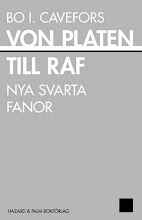
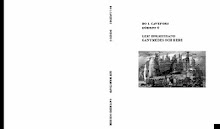

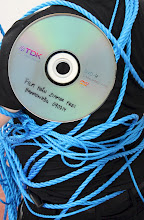

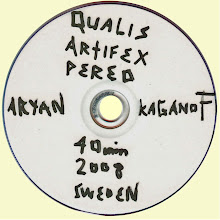

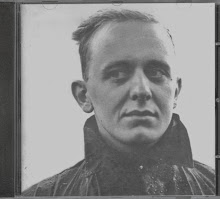

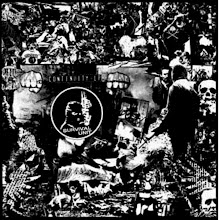
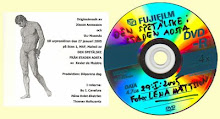





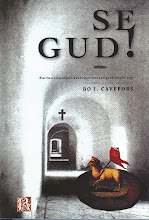
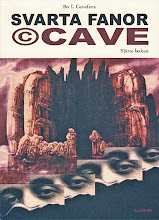


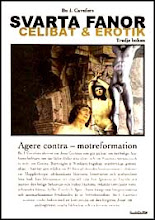


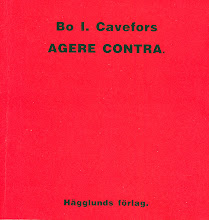

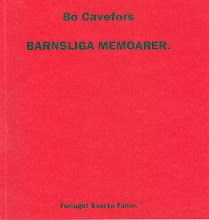







No comments:
Post a Comment